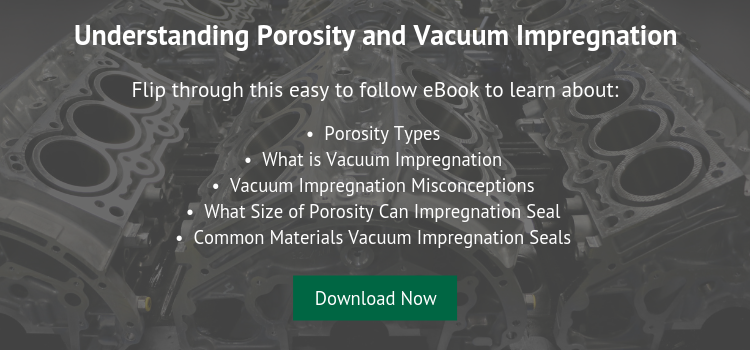We often write about the different types of vacuum impregnation systems that are commonly used and how each may be best suited for use when processing a particular type of part. Once you have determined the type of system that is required, you then need to select the appropriate sealant for the system and application.
The two most common types of sealant in use today are:
- Thermal Cure
- Anaerobic
Listed below are advantages and disadvantages of each sealant and which system would be best suited for its application.
|
|
Thermal Cure Sealant |
Anaerobic Sealant |
|
Application |
|
|
|
Advantages |
|
|
|
Disadvantages |
|
|
|
System Type |
|
|
Within both these main categories of sealant are specialty applications:
- Resistance to E85 fuel and B20 Bio-diesel.
- Fully flexible sealants that are capable of retaining their cured properties even when wrapped around a mandrel five times the diameter of the wire.
- Flame retardant application for the aerospace industry.
- WQA/NSF and UL approved for drinking water systems.
In conclusion, this article is a general overview of the types of sealant that are available today.




